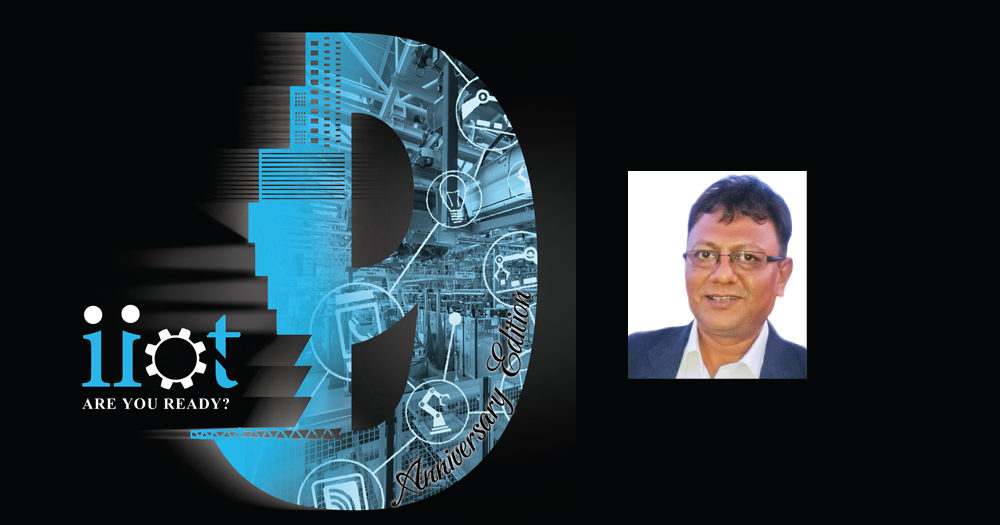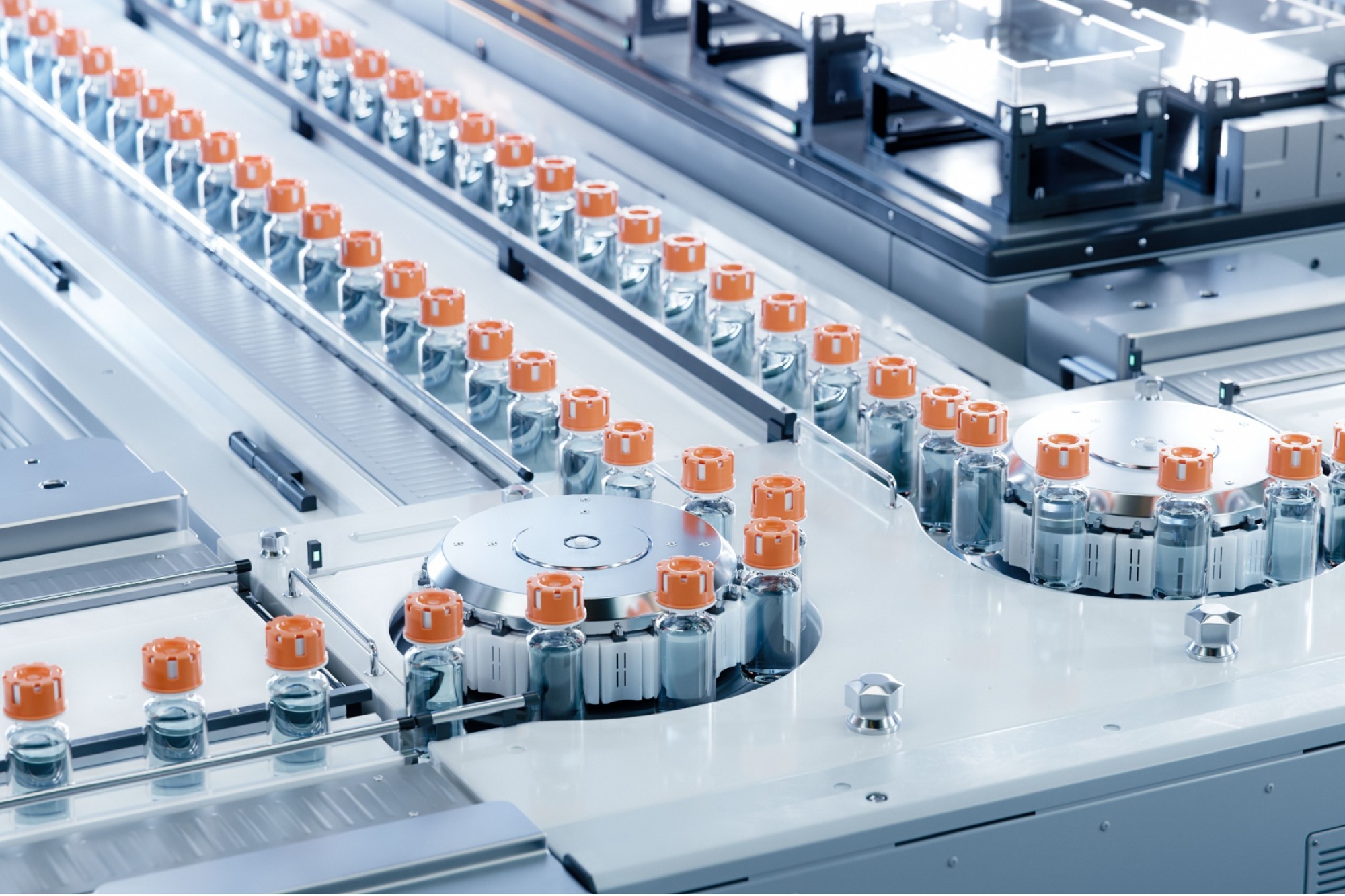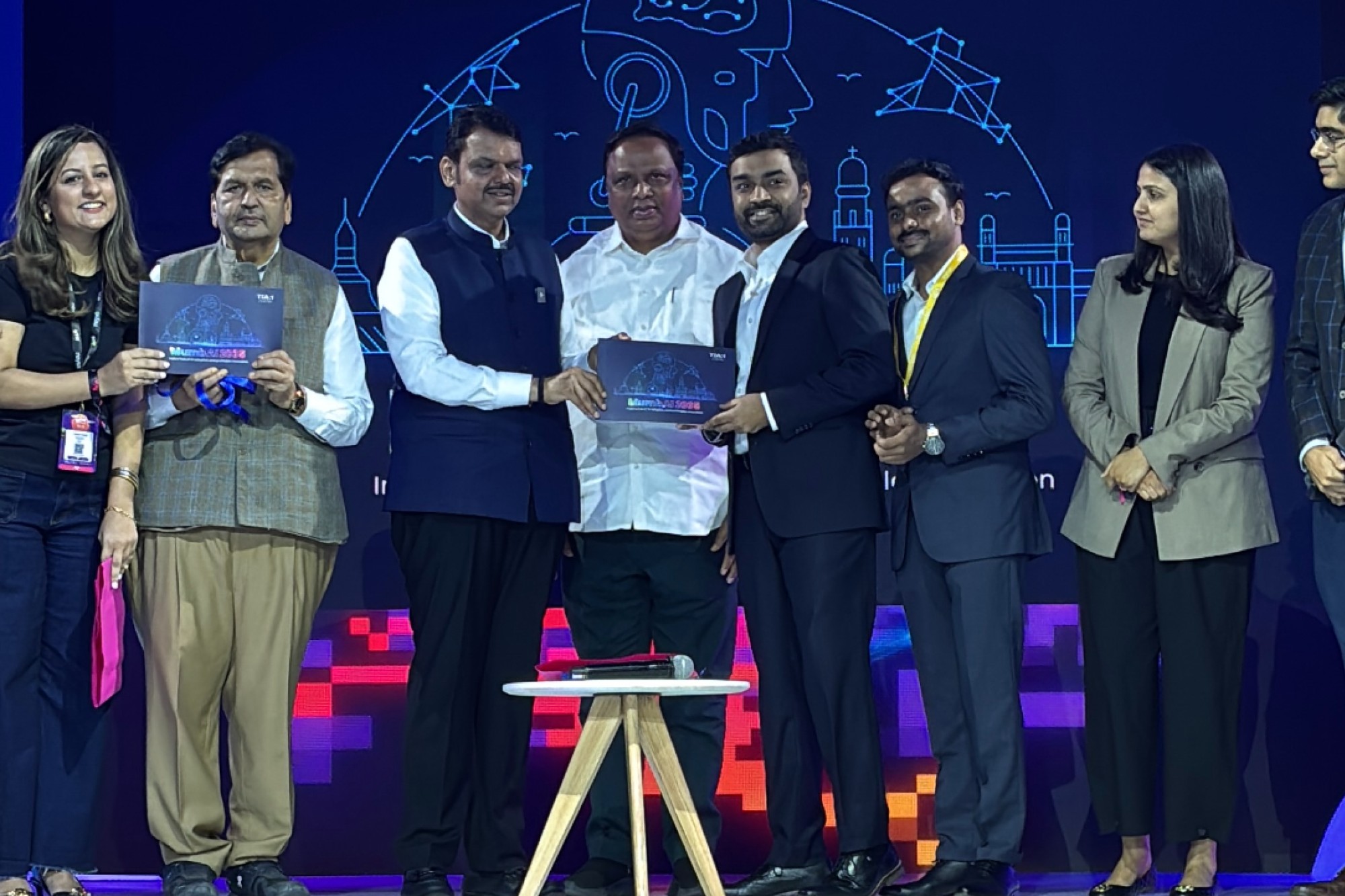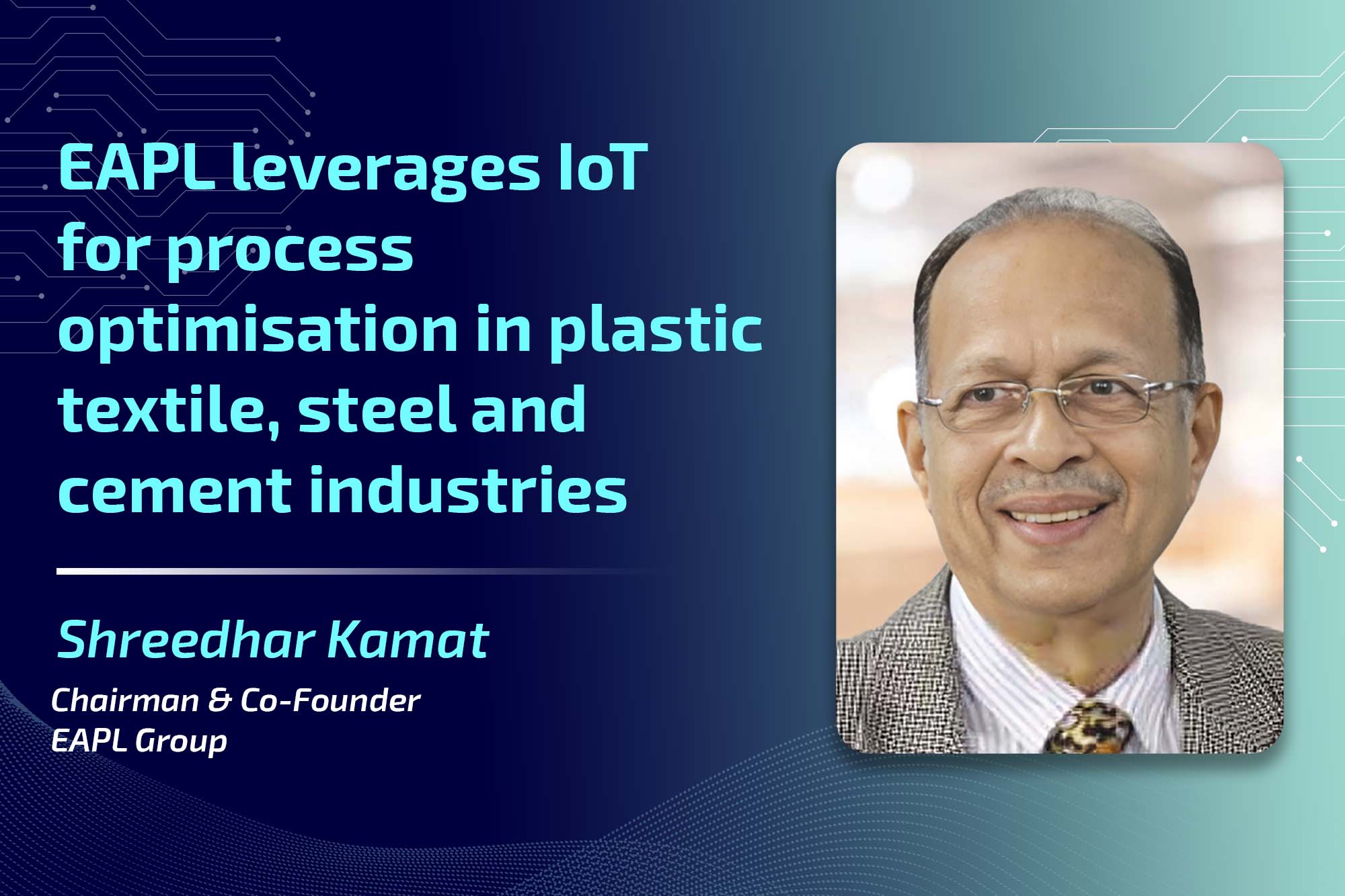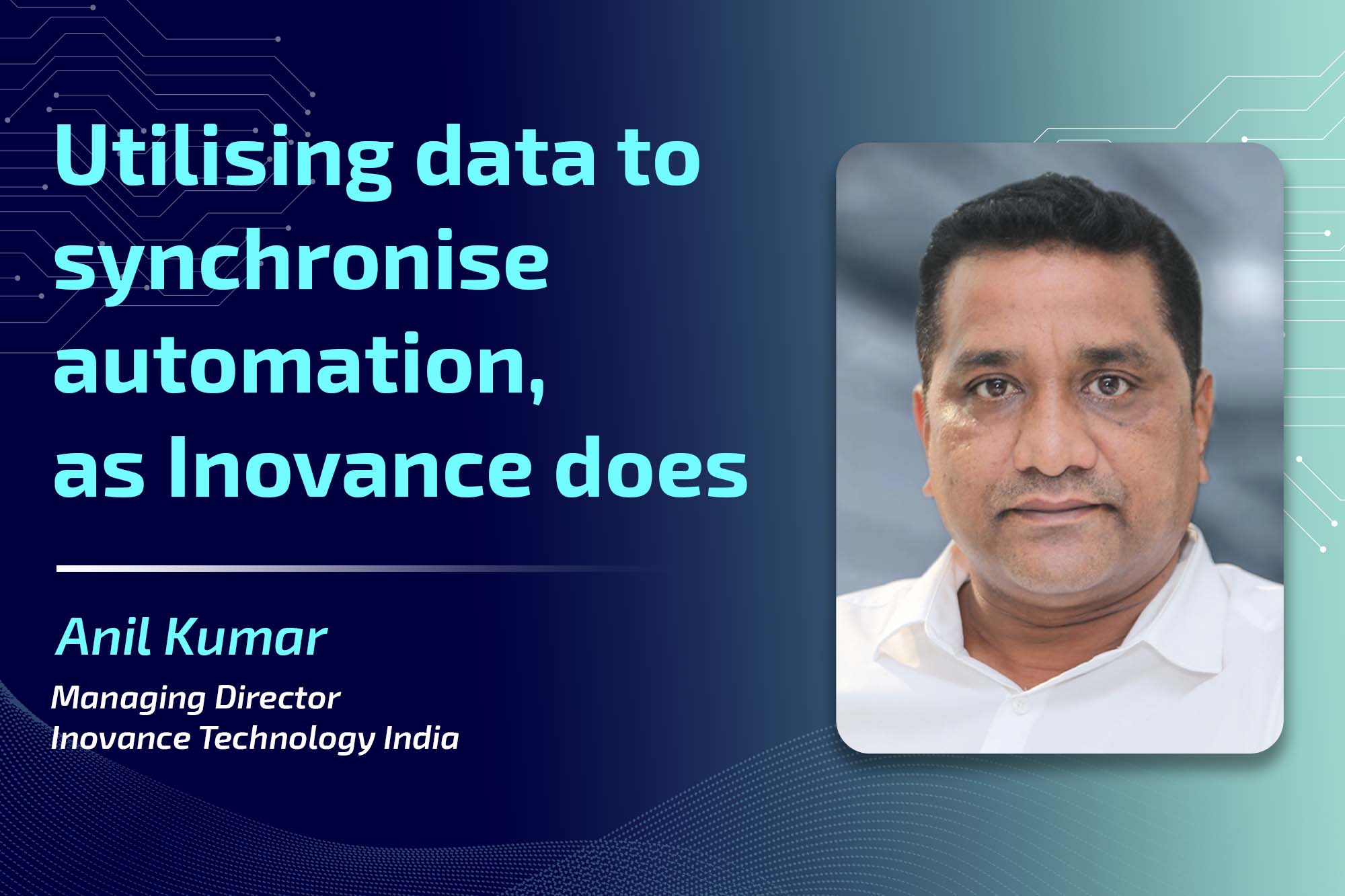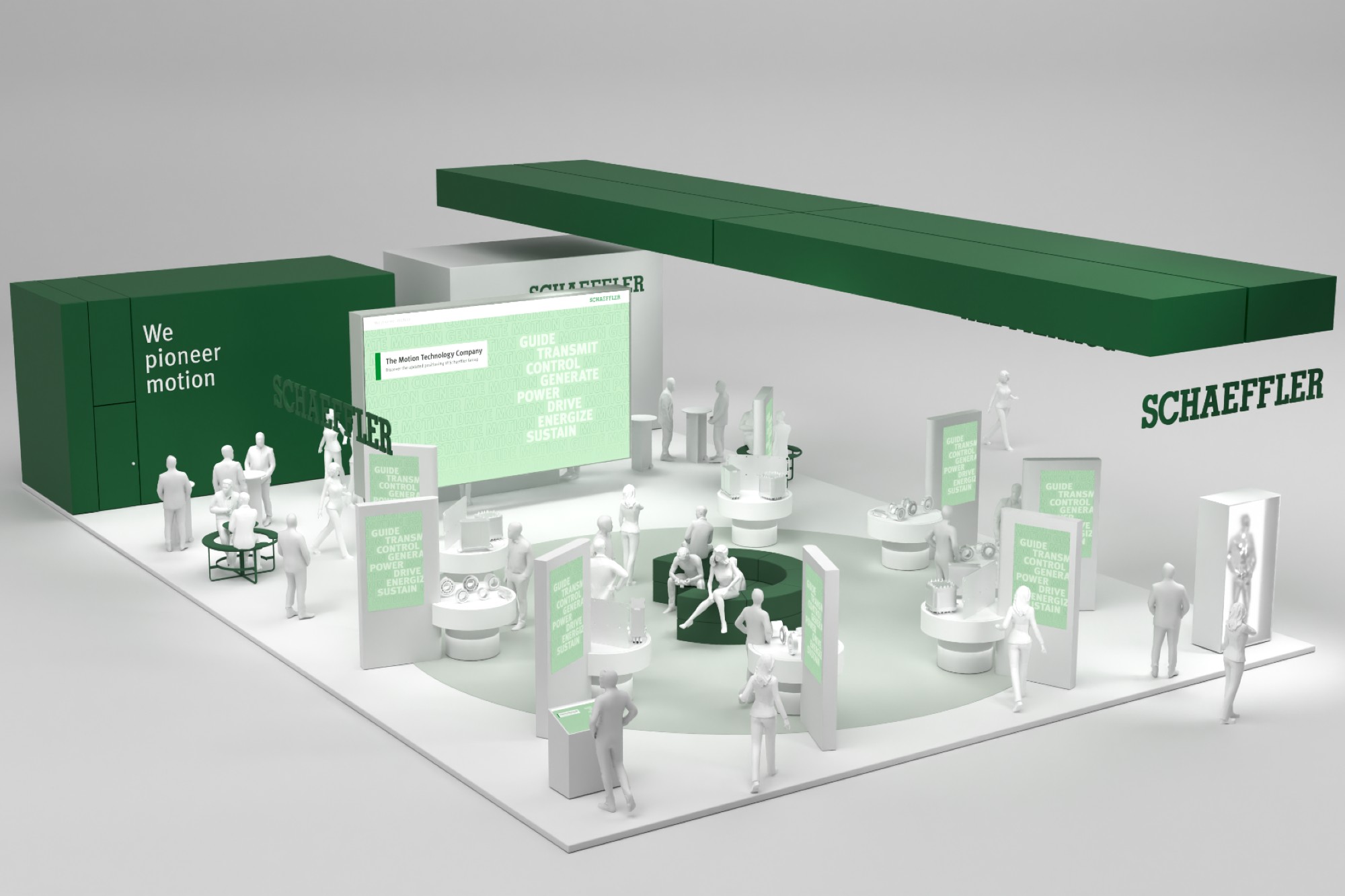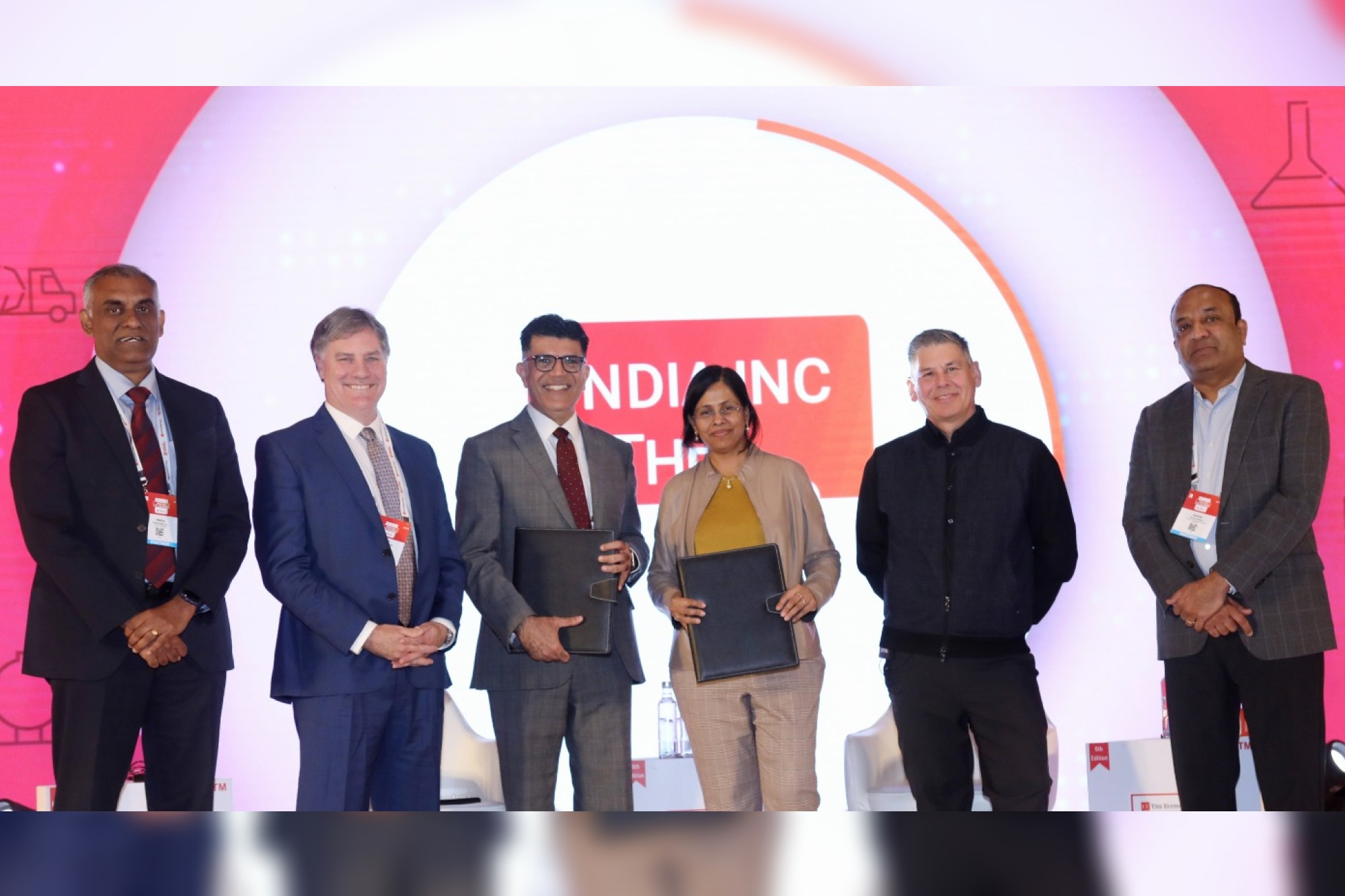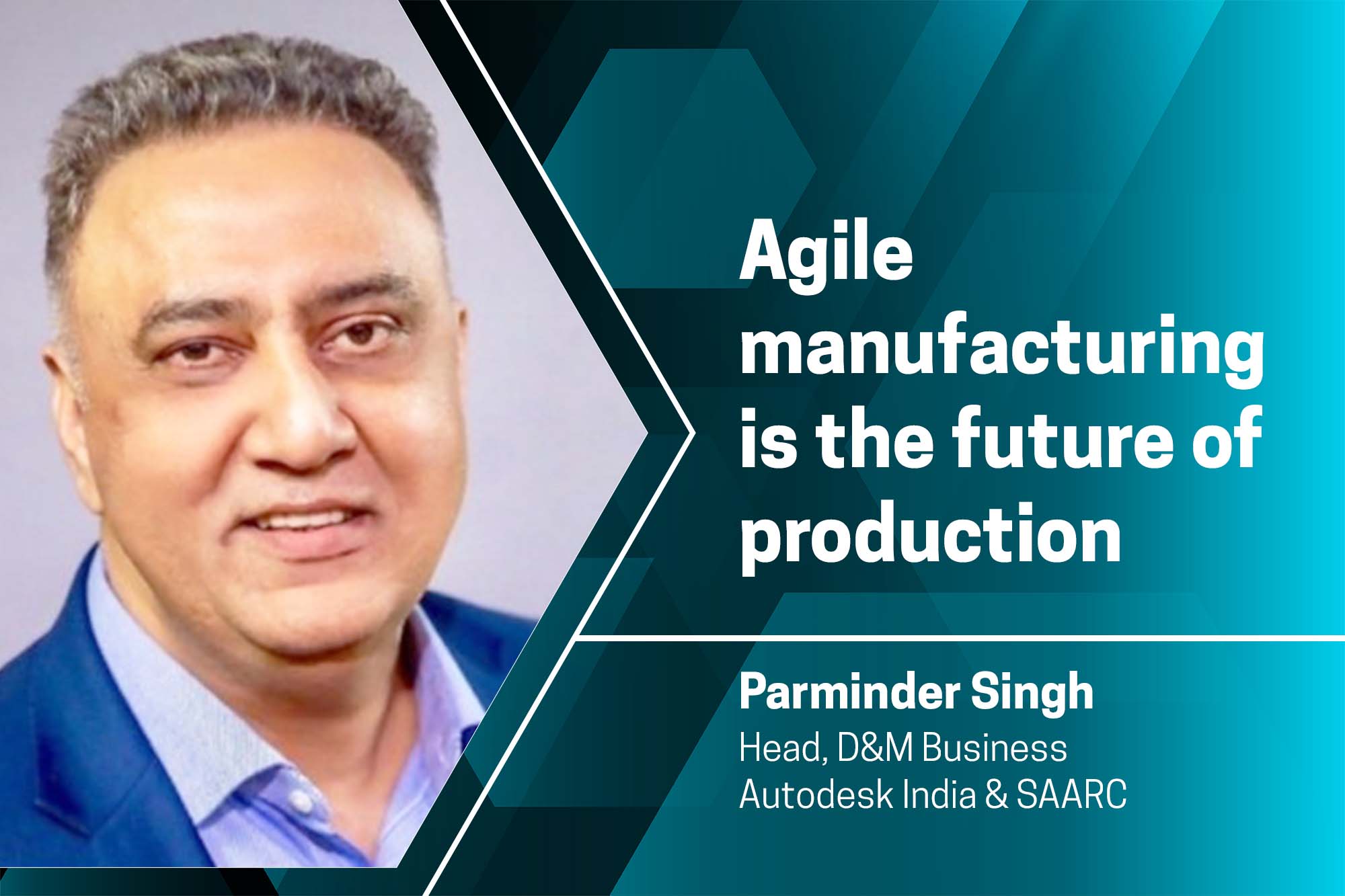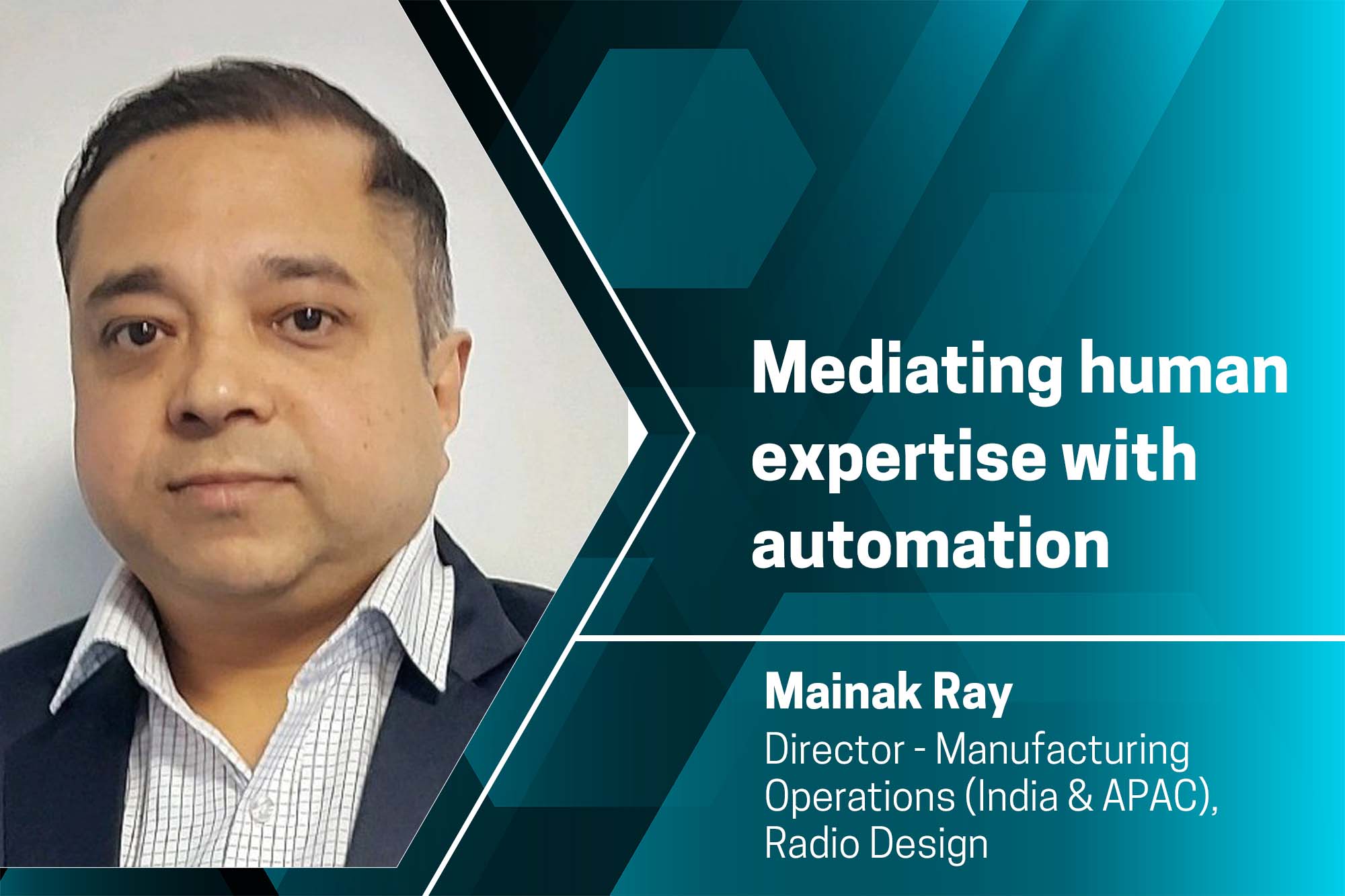IIoT: Transforming the traditional manufacturing processes
By OEM Update Editorial June 11, 2018 6:28 pm IST
Vineet Jain,
Business Head – Telecontrol, WAGO Pvt Ltd
IIoT in true sense will revolutionised the traditional manufacturing processes by putting practices such as Big Data, machine-to-machine communication, machine learning, sensor data and automation into collaborative action.
Future look for IIoT in manufacturing
Digitalisation concepts, like Industry 4.0 in production, can create the necessary flexibility. Queries, which were previously processed in different machines and systems, will in the future be autonomously answered by a “system of systems,” the network of product, process and resources. What should be produced in what amounts? Are replacement parts or materials needed? When should the delivery occur? This can even go a step further: In the factory of the future, all components in the production chain will be able to autonomously communicate with one another – across locations. The goal is networked production that is faster, more efficient, and more flexible, enabling individualised products while retaining high quality. The classic automation pyramid using conventional central controllers is gradually disappearing.
Vineet Jain, Business Head – Telecontrol, WAGO Pvt Ltd, informs, “Smart machineries enabled with connected systems can collect and analyse data to gain improved visibility of production performance resulting in maximised productivity, reduction of waste and intelligent alignment of resources.”
He adds, “Industrial Internet of Things (IIoT) in true sense will revolutionised the traditional manufacturing processes by putting practices such as Big Data, machine-to-machine communication, machine learning, sensor data and automation into collaborative action. Leveraging connected systems, companies can then achieve operational excellence, increase productivity, gain competitive edge and open new revenue streams.”
Researchers suggest that with acceptance of IIoT as an operational discipline, number of connected devices in 2020 will cross 20 billion mark. Manufacturing set-ups will have their own share in this increase with 70 per cent of companies using connected products to capture, analyse and report relevant data.
WAGO’s preparedness in the area of IIoTWAGO is an enabler to the manufacturing industry in achieving their IIoT goals. Industry 4.0 and Big Data open up unexpected possibilities for manufacturers and lay the ground work for promising business models. Flexible and intelligent technical solutions that collect data at the field level and provide it to the centrally accessible location will establish this foundation. These solutions are the object of increasing attention for linking machine-to-machine communication, as well as networking machines with the entire organisation in order to process and analyse newly gained information density. This is the only means for actually leveraging the new optimisation potentials – and creating added value.
On the other hand, the cloud is an essential technological “enabler” of Industry 4.0 and IIoT, providing in expensive and easily scalable computing and storage capacities beyond one’s own IT systems. It is a central component of the required technological infrastructure – the “technology stacks.” After all, every smart product in the “Internet of Things” has three core elements in common: a physical component (mechanical or electronic parts), intelligent components (sensors, processors, or control units), and networking components (ports or antennas). This triad opens up completely new application possibilities: for example, products that monitor themselves and their surroundings, provide insights into usage and features, and can be controlled by the user through remote access, for example, via mobile devices, This combination in turn offers the potential for optimisation and potential for further automation, because ad hoc adjustments are also possible due to remote maintenance.
Consequently, the equation reads: Data control + remote control + optimisation = automation. WAGO’s PFC family of controllers form the link between the real and digital worlds. With their PFC controllers, WAGO offers harmonised software solutions, services and platforms, that users will need in the future. This includes the decentralised data acquisition at the field level and automation, as well as providing data via the cloud to facilitate new data-driven business models. Cloud connectivity solutions from WAGO, like the PFC100 and PFC200 with MQTT interfaces, provide a sufficiently high security standard and a secure path to the cloud, for production and elsewhere.
Cookie Consent
We use cookies to personalize your experience. By continuing to visit this website you agree to our Terms & Conditions, Privacy Policy and Cookie Policy.



